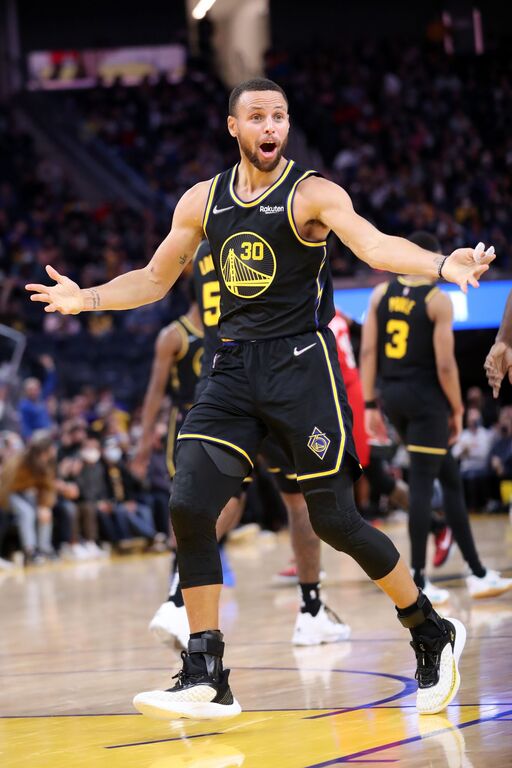The rivalry between sneaker brands is fierce. Is that correct? One of the more interesting subplots in the world of basketball this summer was Kevin Durants comments about Under Armour and how it isnt as appealing to young basketball players, who arent as susceptible to recruiting by UA schools like Maryland. It was yet another reason for the media to try to divide the championship-winning duo, but Steph, who appears to live on the high road, stepped forward to calm the waters.
Steph posted a friendly photo of himself and Durant on Instagram just before they took the court in Shenzen, China for the NBA Global Games, with KD himself playfully pointing to his Nike Flyknit Trainer kicks. Stephs caption, Why so serious? emphasizes that their competing signature shoes have no bearing on the larger goal of winning a championship. This photo looks suspiciously similar to one taken by Michael Jordan and rival Magic Johnson during the 1992 Olympic Games.
Kevin Durant and Steph Curry are both handsomely compensated by the footwear brands they represent. Nike and Under Armour were once paying their respective signature athletes more than NBA teams. Kevin Durant was heavily courted by Under Armour just before the 2014-2015 season; KDs contract with Nike had expired, and despite a generous offer from the Baltimore-based brand, Durant re-signed with Nike for a massive deal reported to be in excess of $300 million.
Basketball players who have large contracts with shoe companies are typically protective of their relationships. There has been a history of endorsers attempting to conceal rival company logos, but never has an athlete gone so far as to place it front and center on the most popular social media platform. Will this have an impact on Curry 4 sales, either positively or negatively, or will it have no impact at all?

Above: Michael Jordan and Magic Johnson share a moment during the 1992 Olympics.